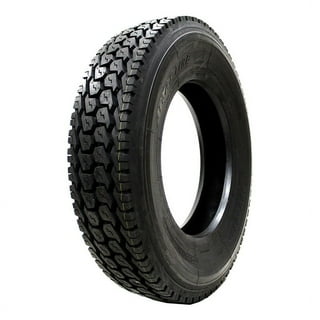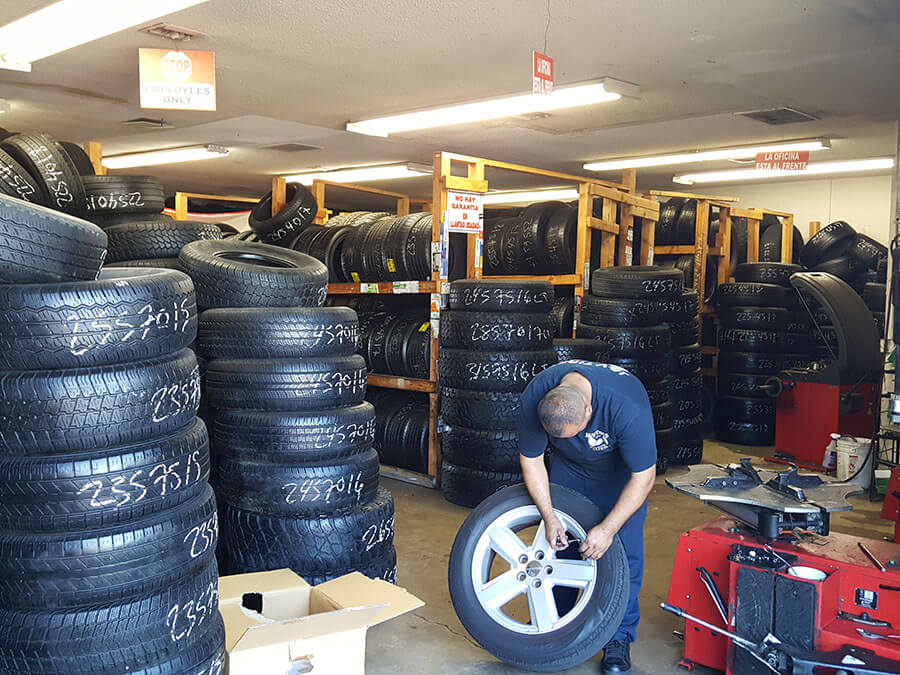Top Quality Tire Shop Morris: Your Go-To Location for Tire Demands
Wiki Article
Tire Solution: Understanding Tire Stress Tracking Systems
Understanding Tire Pressure Tracking Solutions (TPMS) is an important aspect of preserving optimum vehicle performance and safety and security on the roadway. With improvements in auto technology, TPMS has actually come to be a basic attribute in modern-day automobiles, offering real-time information on tire pressure levels.
Relevance of TPMS
The relevance of Tire Pressure Monitoring Equipments (TPMS) lies in their ability to improve vehicle security and performance through real-time tracking of tire stress levels. Preserving the appropriate tire stress is important for making sure optimum handling, stopping, and overall safety and security of a vehicle. TPMS offers chauffeurs with instant comments on any type of underinflated or overinflated tires, permitting timely modifications to be made.
Parts of TPMS
Comprising different important components, a Tire Pressure Monitoring System (TPMS) operates as an innovative safety attribute in contemporary automobiles. The main components of a TPMS consist of sensors, a control module, and a caution indication. Sensors are normally situated in the tire shutoff stem or connected to the wheel assembly, where they determine tire stress and send information to the control component. If it detects considerably reduced stress in any of the tires, the control component processes this info and sets off a warning. The warning indicator, typically an icon on the dashboard, alerts the driver to check the afflicted tire or tires. Some advanced TPMS models additionally display the actual tire stress analyses for every tire, supplying motorists with real-time details to ensure optimum tire efficiency and security. By checking tire stress constantly, TPMS assists avoid accidents, reduces tire wear, and boosts gas performance, making it an essential element for car safety and security and efficiency.
Kinds of TPMS

On the other hand, indirect TPMS counts on the vehicle's wheel speed sensors to monitor tire pressure. This system discovers underinflation by contrasting the rotational rates of the wheels. Indirect TPMS Full Report is much less pricey than straight TPMS, as it uses existing sensing units within the lorry.
While straight TPMS supplies more accurate readings, indirect TPMS is simpler in design and usually calls for much less upkeep. Both systems have their benefits and constraints, and the selection in between them often depends upon factors such as expense, lorry make, and personal preference. Recognizing the differences in between these 2 kinds of TPMS can assist automobile owners make educated decisions pertaining to tire upkeep and security.
TPMS Upkeep Tips
Conduct regular checks on the tire stress levels and compare them with the TPMS readings to guarantee they are regular. During tire turning or replacement, make sure that the TPMS components are taken care of thoroughly to stop any possible damage. If the TPMS cautioning light brightens on the dashboard, attend to the issue promptly by examining the tire stress and the general system for any type of mistakes.Benefits of Proper Tire Pressure
Keeping appropriate tire pressure, as stressed navigate here in TPMS Maintenance Tips, is important for enjoying the various benefits connected with ideal tire pressure levels. Among the primary advantages of preserving the appropriate tire stress is improved fuel performance. When tires are effectively inflated, there is less moving resistance, leading to much better fuel economy. Additionally, proper tire pressure makes sure also tire wear, extending the lifespan of the go to my site tires and promoting much safer driving problems. With the right tire stress, lorries additionally have better handling and traction, particularly in unfavorable weather. This can enhance total driving efficiency and security for the chauffeur and guests. In addition, preserving optimal tire stress can contribute to a smoother and a lot more comfortable ride by decreasing vibrations and sound brought on by underinflated tires. To conclude, the advantages of proper tire stress go past simply tire long life; they include enhanced fuel efficiency, enhanced safety and security, far better car efficiency, and general driving comfort.Verdict
Finally, understanding tire pressure tracking systems (TPMS) is vital for keeping optimum tire pressure and guaranteeing automobile safety and security. By identifying the importance of TPMS, recognizing with its parts, recognizing the different types available, adhering to proper maintenance suggestions, and realizing the benefits of maintaining proper tire pressure, chauffeurs can enhance their driving experience and extend the life expectancy of their tires. Appropriate tire stress is vital to risk-free and reliable automobile operation.
Report this wiki page